Transition KS2-KS3
This section contains examples of projects and advice on securing continuity and progression across the primary-secondary divide. This is the responsibility of both primary and secondary school history teachers. Pupils need to be ready, by the end of Year 6, for history in Year 7, and courses for Year 7 need to build properly on the primary experience. This is extremely challenging because secondary school history teachers have and to take into account (currently very diverse) primary school starting points. Read more
-

Remembering Agincourt: Bilingual Enquiry
Multipage ArticleClick to view -

Global Learning Programme
Multipage ArticleClick to view -
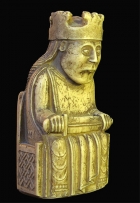
Before 1066 & All That: Transition between KS2 & KS3
Multipage ArticleClick to view -

Progression & Assessment without Levels - Guide
Multipage ArticleClick to view -

Time and Place; Using a Local Historical Site with Key Stage 2 and 3
Multipage ArticleClick to view -
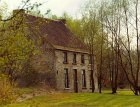
Historical Enquiries and Interpretations
Multipage ArticleClick to view -

Extended Writing in History
Multipage ArticleClick to view -
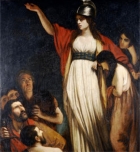
Was Boudicca Britain's first hero?
Multipage ArticleClick to view -
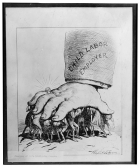
Interpretation and poor Victorian Children
Multipage ArticleClick to view -
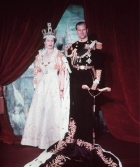
The New Elizabethans
Multipage ArticleClick to view -
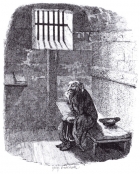
How cruel were the Victorians?
Multipage ArticleClick to view -

Living Museums and Victorian Britain
Multipage ArticleClick to view -
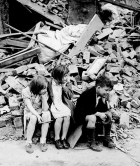
Myths and War Evacuees
Multipage ArticleClick to view

